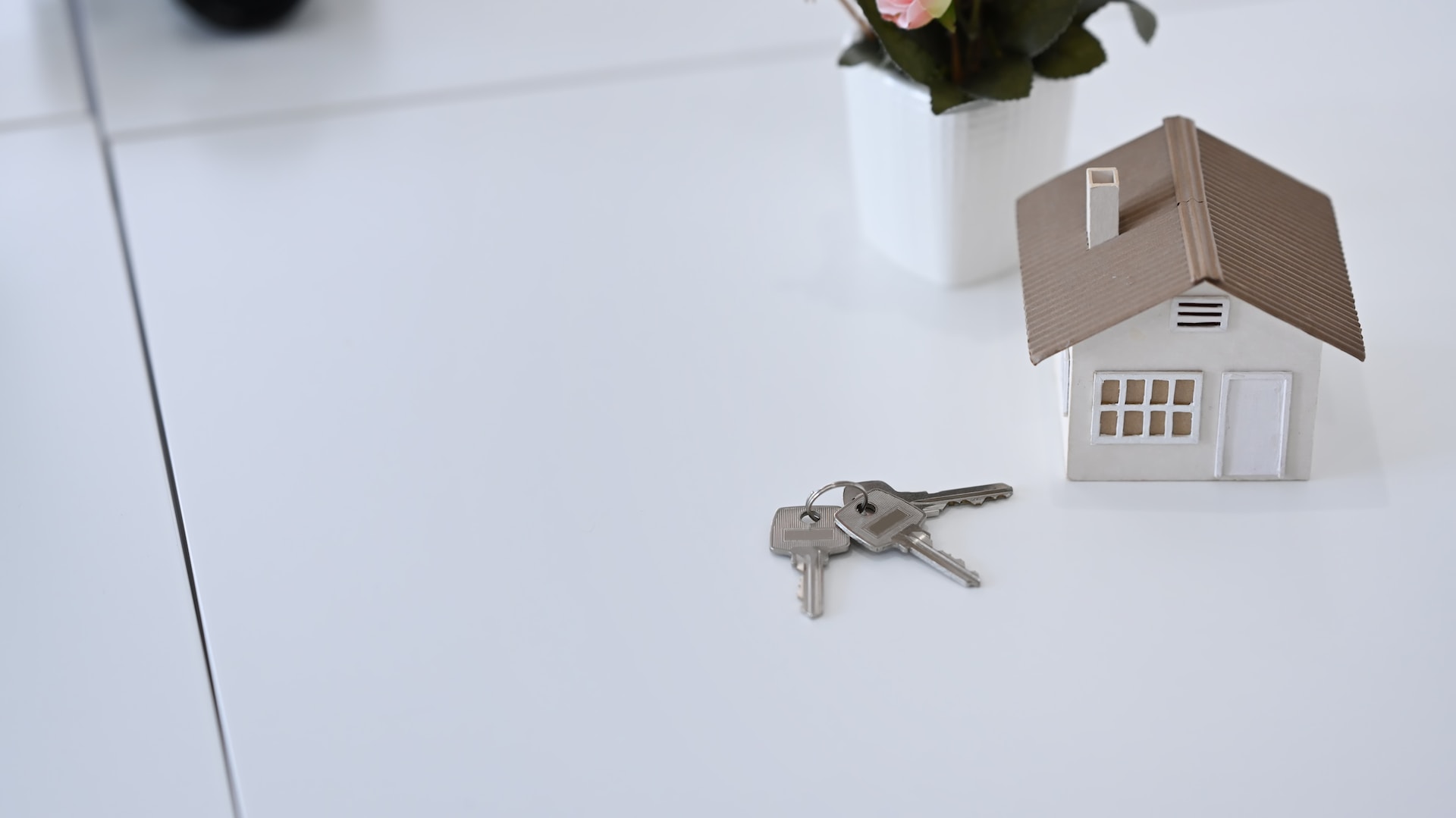Australia, often called the “Land Down Under,” boasts a unique blend of natural wonders and cosmopolitan cities. It’s a nation of contrasts, from the iconic Sydney Opera House to the vast outback. As Australia’s population continues to grow, its urban landscapes evolve. The roles played by experts who ensure cities and suburbs remain livable, dynamic, and sustainable are central to this transformation. Among these, property developers in Australia stand out.
Contents
The Role of Property Developers in Urban Development
Planning and Design
Property developers begin by selecting a suitable piece of land. They collaborate closely with urban planners to create designs that align with the local council’s regulations and the community’s needs. Whether it’s a new residential suburb or a high-rise in the city centre, their plans have to blend seamlessly with the existing landscape, enhancing the community’s value.
Innovation and Sustainability
In recent years, sustainability has become a buzzword. Australia’s developers have made significant strides in integrating eco-friendly solutions into their projects. This might include green roofs, rainwater harvesting systems, or sustainable building materials. Such efforts reduce the environmental footprint and contribute to a more resilient urban landscape.
Economic Impacts
The professionals in this field do more than just build. They play a pivotal role in boosting local economies. Their projects create employment opportunities, both during construction and after completion. Retail spaces, offices, and residential areas invite businesses, promote commerce, and increase property values.
Infrastructure and Connectivity
Well-connected urban areas are essential. Developers ensure their projects are well-served by public transport, roads, and other vital infrastructure. This emphasis on connectivity promotes movement, reduces congestion, and contributes to a more efficient urban landscape.
Community Spaces and Amenities
People need more than just homes; they require spaces where they can interact, play, and relax. Developers recognize this and often integrate parks, recreational areas, and community centres into their plans. Such spaces foster a sense of community and enhance the quality of life for residents.
Challenges and Adaptations
Land Constraints
Despite its vast size, Australia faces challenges regarding usable land. Developers must creatively use space, ensuring each project maximizes its potential without compromising quality or amenities.
Regulations and Guidelines
Adhering to local regulations and building codes is a must. Developers often navigate complex bureaucracies, ensuring every project is compliant. Though sometimes seen as restrictive, these regulations ensure that urban development remains sustainable and in line with the broader vision for Australia’s urban future.
Changing Demands
With urban demographics constantly shifting, developers need to stay attuned to changing demands. Be it the rise of work-from-home culture or the increasing need for green spaces; developers must anticipate and adapt to these evolving requirements.
Looking Ahead: Australia’s Urban Vision
Embracing Smart Cities
With technological advances, Australia’s urban landscapes are poised to become ‘smarter’. Developers are increasingly incorporating technology into their projects. Smart lighting, automated traffic management systems, and intelligent waste management solutions are but a few examples. These smart integrations make life easier and more efficient for residents and contribute to reducing the cities’ overall carbon footprints.
Focus on Mixed-Use Development
Mixed-use developments are becoming popular as the lines between work, play, and home blur. Developers are crafting spaces that allow residents to live, work, and recreate in the same vicinity. These projects reduce the need for long commutes, promote better work-life balance, and foster vibrant, 24/7 communities.
Inclusive Development
Australia’s diverse population requires developments that cater to all. Developers are becoming more attuned to the needs of various demographics. Be it accessible facilities for the elderly, child-friendly zones for families, or communal spaces for social interactions, modern developments aim to be inclusive and holistic.
Green Building Practices
The global emphasis on sustainability has taken root in Australia’s construction industry. Developers are increasingly adopting green building practices. There’s a concerted effort to make buildings more eco-friendly, from using energy-efficient materials to harnessing renewable energy sources like solar and wind.
Preserving Cultural Heritage
While modernization is essential, preserving the rich cultural heritage is equally important. Property developers in Australia are undertaking adaptive reuse in places like Melbourne and Sydney, where history blends with contemporary styles. Old warehouses, historic landmarks, and even abandoned train stations are being transformed, ensuring the past coexists with the present.
The People’s Role in Urban Development
Lastly, it’s crucial to note that developers do not operate in isolation. Feedback from residents, collaboration with local businesses, and partnerships with local authorities all shape the outcome. The public has a voice in how their urban landscapes evolve, ensuring that developments not only look good on paper but also resonate with the real needs and aspirations of the people.
Final Thoughts
The urbanization of Australia is a multifaceted endeavour, with developers playing a central role. However, the true essence of successful urban landscapes lies in collaboration—between developers, authorities, and, most importantly, the people. As Australia strides into the future, its urban landscapes are set to reflect a harmonious blend of innovation, sustainability, and community spirit.



